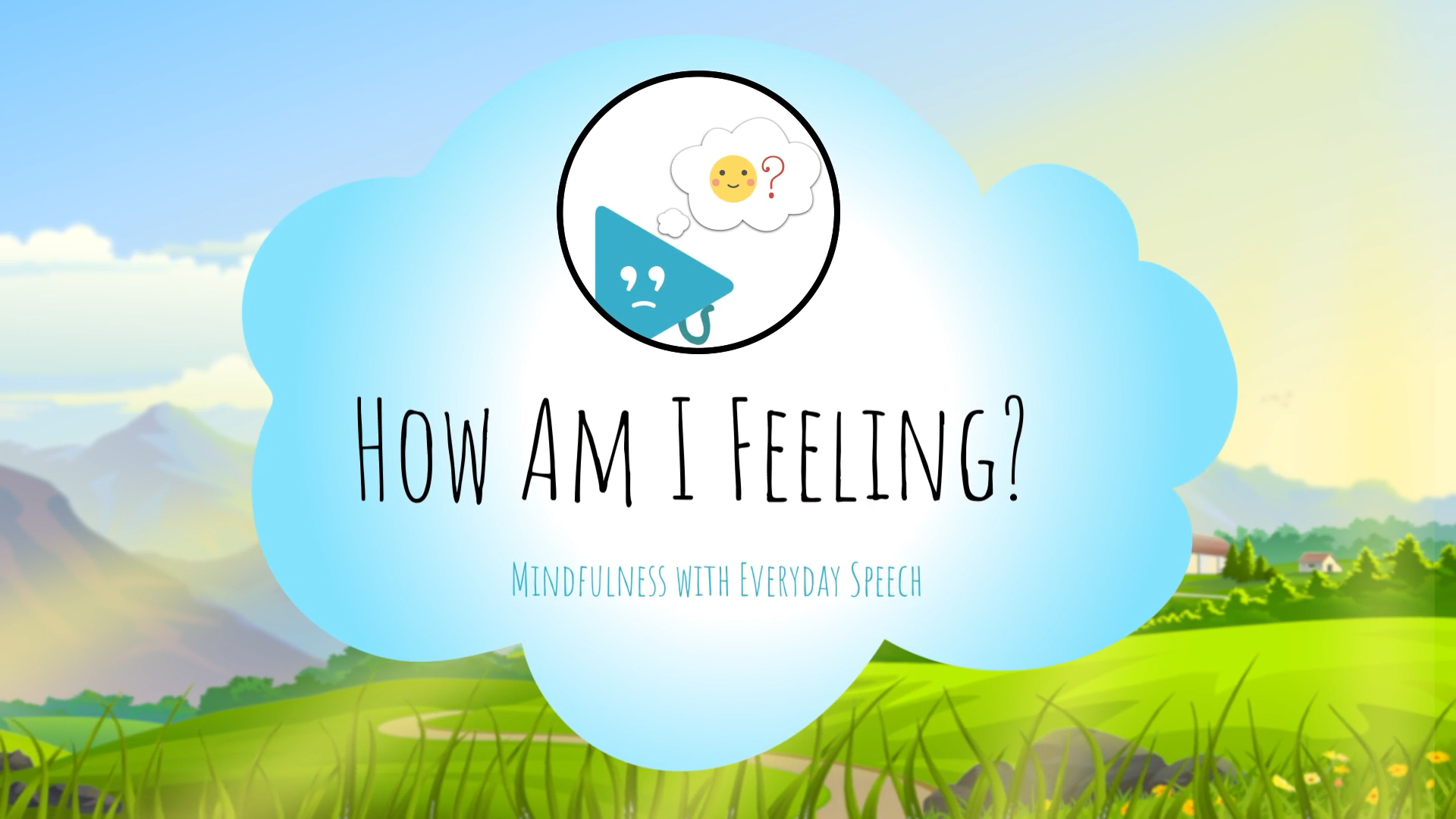Introduction
For students in Special Education, learning to recognize and manage their emotions can be a challenge. By teaching them to identify early signs of emotional changes and introducing calming strategies, we can empower them to handle their emotions independently. This blog post will discuss a no-prep activity to help students notice changes in their thinking and mood, followed by discussion questions, related skills, and next steps for incorporating these skills into everyday life.
No-Prep Activity
This activity requires no preparation or materials from the educator and can be easily incorporated into a lesson plan. Begin by guiding students through a series of pretend scenarios to help them recognize different emotions. For example:
- Think of something that makes you sad. How does your body feel? What are you thinking?
- Think of something that makes you angry. How does your body feel? What are you thinking?
- Think of something that makes you nervous. How does your body feel? What are you thinking?
After students have explored these emotions, introduce calming strategies they can use when they notice their feelings changing. Some examples include:
- Taking deep, slow breaths.
- Taking a brain break by calmly walking to a different part of the room.
- Tensing and then relaxing their muscles.
Repeat the pretend scenarios and encourage students to practice the calming strategies when they notice their emotions changing.
Discussion Questions
- What are some signs that your emotions are changing? How can you tell when you’re starting to feel sad, angry, or nervous?
- How did the calming strategies help you manage your emotions during the activity? Which strategy worked best for you?
- Why is it important to learn how to recognize and manage our emotions independently?
- Can you think of a situation where using a calming strategy would be helpful? How would you apply it?
- What other strategies or techniques can you think of to help manage strong emotions?
Related Skills
In addition to recognizing emotions and practicing calming strategies, students can benefit from developing other Social-Emotional Learning skills, such as:
- Developing empathy and understanding the emotions of others.
- Improving communication skills to express their feelings and needs effectively.
- Building problem-solving abilities to address conflicts and challenges.
- Cultivating resilience and the ability to bounce back from setbacks.
Next Steps
To further support your students in developing these essential skills, sign up for free samples of the discussed skill and others at Everyday Speech. By incorporating these resources into your lesson plans, you can help students in Special Education build a strong foundation for emotional self-regulation and overall well-being.






